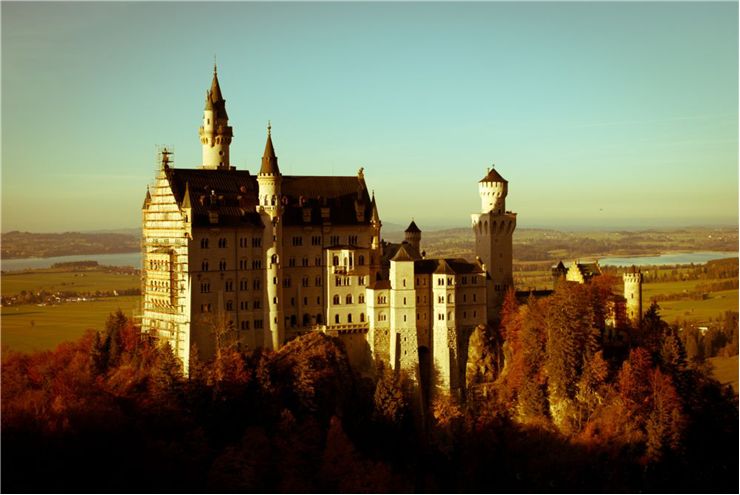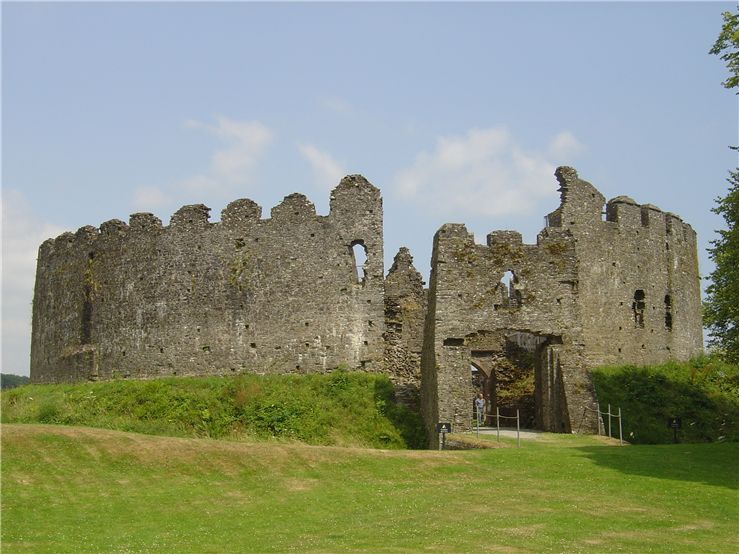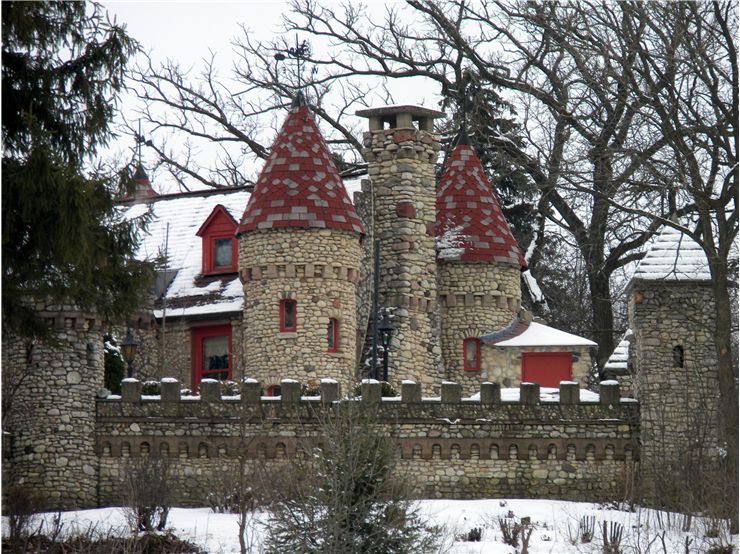Castle Construction - Techniques for Building
Techniques for building castles evolved significantly from the moment they started spreading across Europe in 9th century AD, until their eventual decline in 18th century and later revivals caused by fashion and nostalgia. Rapid advances of medieval technologies and stonemasonry enabled creation of larger and more complicated structures that could serve multitude of purposes (military outpost, defensive artillery castles, royal houses, etc.). Here are the most important things that had to be considered before, during, and after building a medieval castle:
- Choosing the site of the castle was very important, because it determined the price of the castle (transport of materials, building of roads, modifying natural terrain to build motte or flatten a hill).
- Picking the materials from witch castle will be made played significant role in determining the budget of the castle (and therefore its size). Earth and timber castle were significantly cheaper than stone castles, and closest stone quarries were sometimes far away and heavily accessible.
- Workforce was also important. Regular people could easily be tasked to work with earth (digging, flattening, creating mud structures), but more skilled workers had to be paid (usually relocated and housed) if heavy stonework was involved.
- Monetary cost of castles rose as centuries went by and more and more intricate designs and stone demands were placed (from less than £100 in 10th century to almost £100.000 for royal castles in 14th century). No matter what century it was, individual lords had to invest significant amount of their total wealth to create only modest keep with basic defenses. Royalty on the other hand had enough money for building of large extravagant castles.
- Usual time investment for building a castle was 10 years.
- Maintenance of castles was not cheap, mostly connected to the unseasoned timber that was often used in castle construction.
- Building a stone castle sometimes led to the need to form brand new quarries in the vicinity of the build site.
- Many European castles were built exclusively from earth and timber. There are examples of several such castles that were maintained in operational state for 400-500 years.
- Creating castles from bricks was also present. Those castles were strong and long-lasting, and could be created with less experienced workforce.


